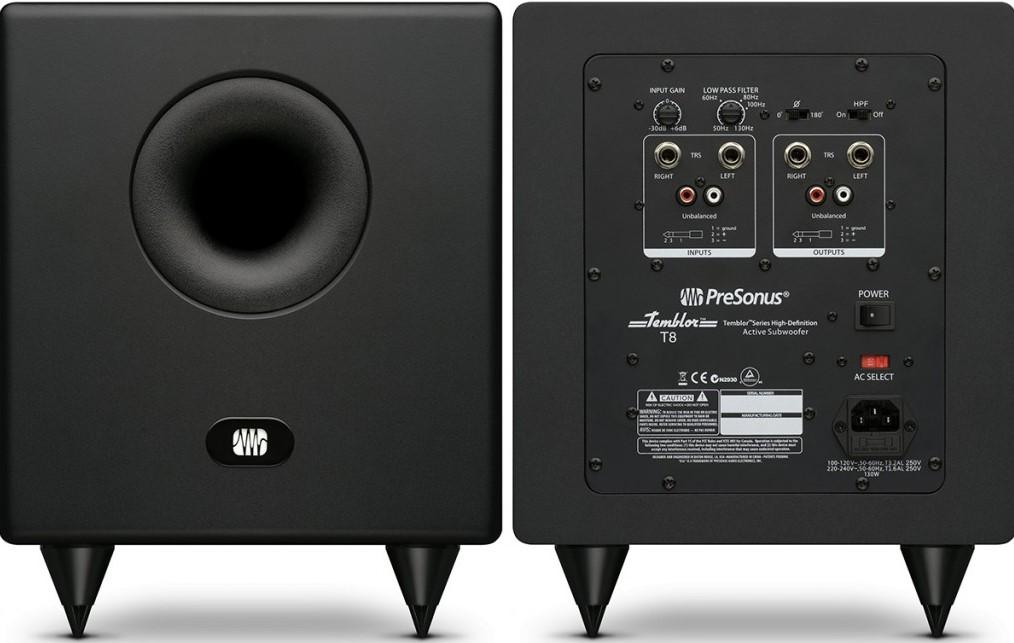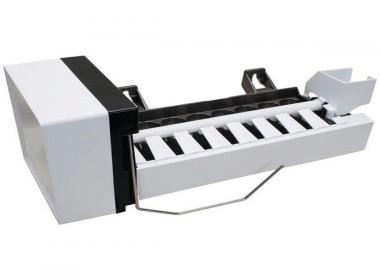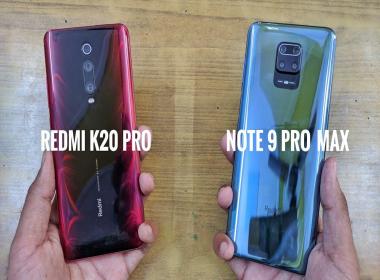
A subwoofer is a loudspeaker element made to duplicate very reduced bass regularities, usually around 20-120 Hz. Adding a speaker to your studio can considerably change your capability to check bass, either for much better or worse, depending upon how you have actually established your subwoofer. The "correct" approach relies upon several aspects like desk placement, primary speaker display placement, and area acoustics. Envisioned over is the ADAM Sound Sub15 15.5"
Powered Workshop Subwoofer
The basic procedure of establishing a speaker is mosting likely to consist of discovering the optimal placement for your workshop desk as well as major displays, setting up your speaker( s), using acoustic treatment to your room, the best studio speakers under 100 gauging the frequency action of your listening position, and after that maximizing, you are established. The optimization process might entail moving items around in your studio or adding/removing specific kinds of acoustic treatment.
I'm not going to be speaking way too much about acoustic therapy in this guide, however, make sure you have a method to soak up as well as diffuse bass regularities throughout your area efficiently. Acoustic panels will certainly assist handle mid to high frequencies, yet you'll need an extremely thick absorptive product and also specialized diffusers to take care of bass regularities. The SOS Guide to Control Area Style is most definitely worth having a look at if you wish to find out more regarding properly treating your workshop.
Why You Need a Subwoofer
When a speaker is set up correctly, it's mosting likely to make your main displays seem like they are producing sub-bass regularity web content. A badly integrated subwoofer can overpower your primary displays, as well as also produce a notch at the crossover regularity in between your speaker and also main monitors. If the speaker accentuates itself, it is set up inaccurately. By carelessly including a speaker in your workshop you can, accidentally, create more issues than you resolve, and also this is why lots of people claim that they don't such as dealing with a speaker.
The factor you likely need a subwoofer is that most primary speaker displays aren't capable of producing frequencies below 30-40Hz; this applies to several of one of the most preferred studio monitors on the market: Yamaha HS8s (30 Hz), KRK Rokit eights (35 Hz), ADAM A7Xs (42 Hz), and also Kali LP-8s (45 Hz).
Generally, humans can hear frequencies from 20-20,000 Hz, which means that depending upon the audio speakers you're utilizing, you could be losing out on more than an entire octave of frequency material; E at 20.60 Hz approximately the following E at 41.20 Hz.
There are 4 various sorts of vehicle drivers located in speakers that are in charge of creating different frequency ranges. These drivers include subwoofers (around 20-120Hz), woofers (around 40-3,000 Hz), midrange vehicle drivers (around 250-4,000 Hz), and tweeters (around 2,000+ Hz).
The majority of workshop monitor audio speakers utilize a two-way arrangement including a woofer and also tweeter, while some studio monitor audio speakers make use of a three-way setup comprising of a woofer, midrange motorist, and tweeter. In either instance, a separate subwoofer needs to be added to the established to look after extreme low-end content.
To produce radio frequencies, you need to be able to move a great deal of air at a slow price. The main reason that your workshop screens can not produce frequencies around 20 Hz is that their drivers are too little. Subwoofers are huge which allows them to generate deep bass regularities. Fluance has a terrific video that covers crossovers and motorists thoroughly.
Exactly how to Determine the Frequency Reaction of Your Room
Adjusting the frequency reaction of your room requires a mix of measurement software and also hardware. To make enlightened decisions regarding what to do or not do when setting up your speaker, you require to be able to collect concrete information on the frequency reaction of your room's mixing setting. Two of one of the most preferred measurement and also calibration software program consist of Area EQ Wizard, as well as Sonarworks Reference.
Room EQ Wizard is a complimentary software application, and it uses a variety of dimension tools. It includes impulse response windows, an SPL meter, a sound wave generator, a levels meter, an overlays component, a real-time analyzer, an EQ, and an area simulator. The interface is a little bit out-of-date, yet Space EQ Wizard is totally free and also supplies a considerable quantity of space calibration data.
Also read about:
3 Mantras to Make your Digital Signage Less Boring
The Truth Behind Top 10 Online Health Product Supplements
Launch a Reliable Food Delivery Startup With Advanced Metrics








